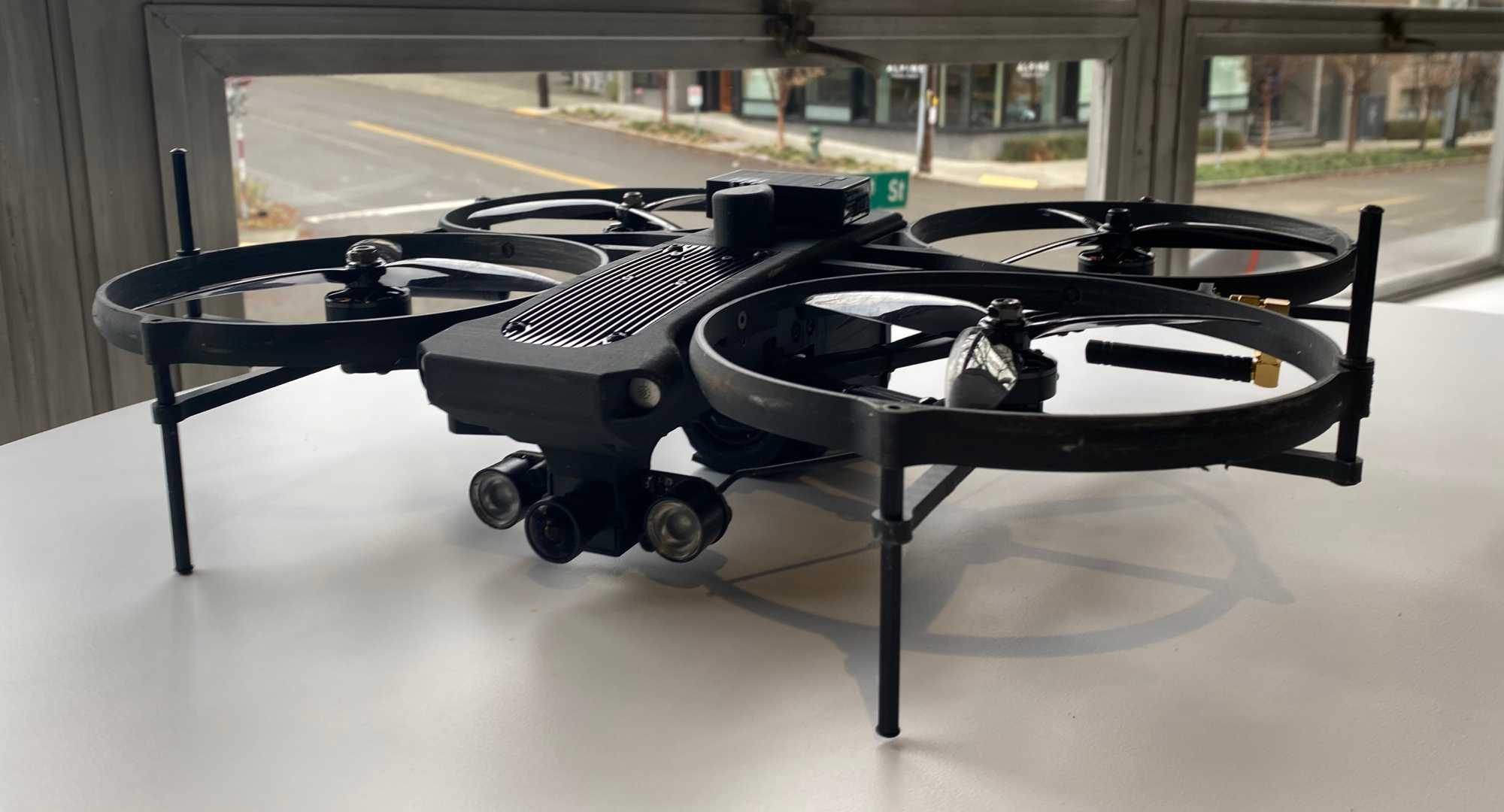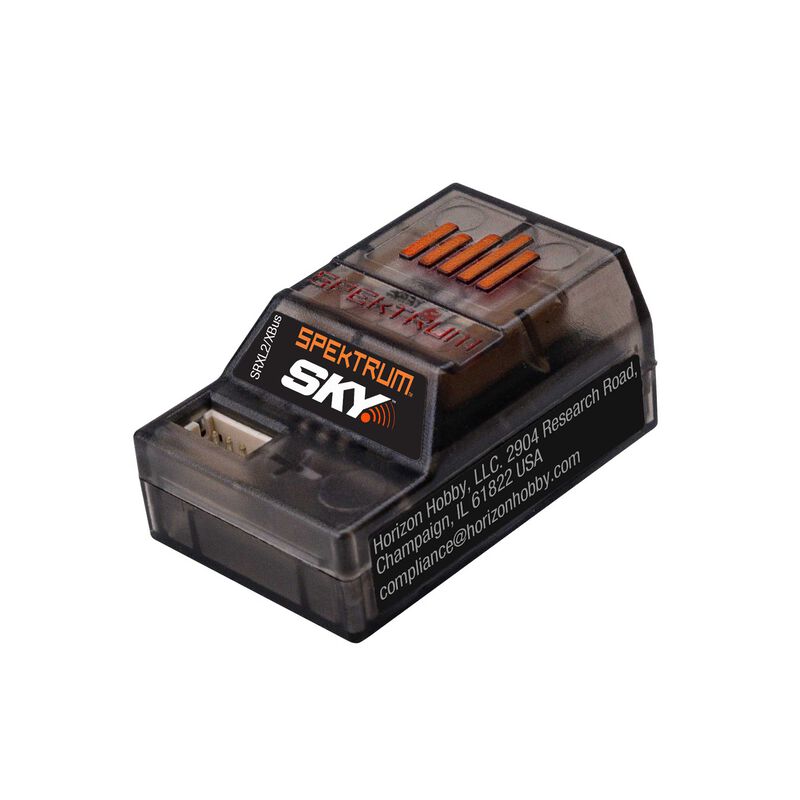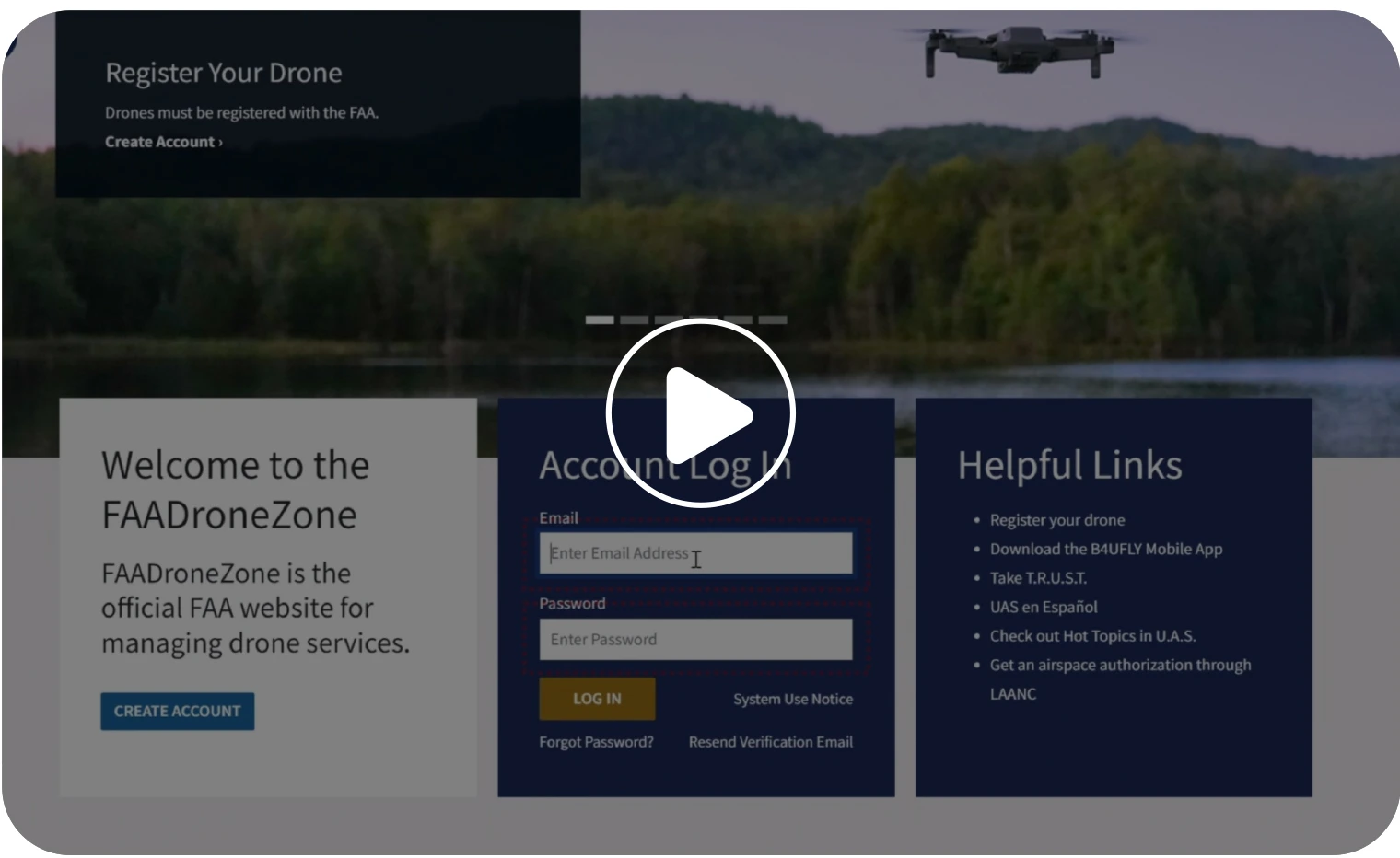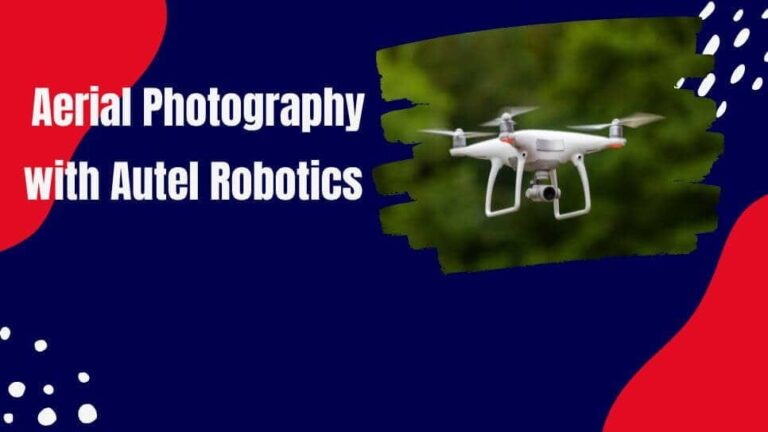How to Get Remote ID for Your Drone: Simplified Guide
To get a remote ID for a drone, visit the Federal Aviation Administration (FAA) website and follow their guidelines. Afterwards, submit the necessary documents and fees to register your drone and obtain a remote ID.
Drones have become increasingly popular for recreational and commercial purposes. As the number of drones in the sky continues to rise, ensuring safety and accountability has become a priority for aviation authorities. One way to address this issue is by obtaining a remote ID for your drone.
A remote ID allows authorities to identify and track drones while they are in operation. We will explore the process of obtaining a remote ID for your drone and the steps you need to follow to comply with the regulations set forth by the FAA.

Credit: brincdrones.com
Understanding Remote Id For Drones
Remote ID for drones is an essential identification system that enables the tracking and identification of unmanned aircraft systems (UAS) during flight. It provides crucial information about drone operations, ensuring safety and accountability in the airspace.
The Remote ID concept involves equipping drones with a digital license plate that broadcasts identification and location details to nearby receivers. This information is then made available to the airspace authorities and other stakeholders.
Remote ID for drones is vital because it helps mitigate potential security threats, promotes responsible drone usage, and facilitates integration into existing airspace systems. It allows authorities to monitor drone operations, detect unauthorized flights, and investigate incidents. This technology enhances situational awareness, ultimately leading to safer and more efficient drone operations.
Moreover, Remote ID aids in public acceptance and trust towards drones, as it promotes transparency and accountability. It assures individuals that drone flights are being monitored, minimizing privacy concerns and fostering positive public perception.
With the rapid growth of the drone industry, implementing a robust Remote ID system is crucial for ensuring safe and responsible drone operations in the airspace.

Credit: www.spektrumrc.com
Regulations And Requirements
Remote ID is an essential requirement for operating a drone legally. The Federal Aviation Administration (FAA) has established regulations and requirements for obtaining a remote ID to maintain safety and security in the airspace. These regulations ensure that drone operators follow certain guidelines and provide the necessary identification information to authorities.
FAA regulations for remote ID mandate that operators must equip their drones with the necessary technology to broadcast identification and location information while in flight. This information includes the drone’s serial number, the operator’s location, and the drone’s position.
To obtain a remote ID, drone operators must ensure that their drones are compliant with these regulations. They may need to update their drone’s firmware or hardware to enable the remote ID functionality. Additionally, they may have to register themselves as operators and their drones with the FAA, providing necessary identification details.
By adhering to these regulations and meeting the requirements for obtaining a remote ID, drone operators contribute to the safe integration of drones into the national airspace system, ensuring responsible and lawful operation.
Obtaining Remote Id For Your Drone
When obtaining a remote ID for your drone, you have options to consider. Choosing a remote ID solution that complies with regulations and meets your needs is crucial. Whether you opt for a built-in drone solution or an external device, ensure it aligns with your operational requirements.
Registering your drone with remote ID is a necessary step to ensure compliance with aviation authorities. Ensuring your drone has a unique identifier and is transmitting the required identification and location information is essential.
Implementation And Compliance
Integrating Remote ID into drone operations is crucial for ensuring compliance with regulations. Remote ID provides identification and location information for drones, enhancing safety and security in the airspace. Operators need to obtain a remote ID for their drones to adhere to the guidelines set forth by regulatory authorities.
Implementing Remote ID involves registering the drone with a recognized authority and obtaining a unique identification code. This code is then broadcasted during flight operations, allowing authorities and other airspace users to identify and track the drone.
To obtain a remote ID for a drone, operators should follow the guidelines provided by the respective regulatory bodies. These guidelines may include submitting necessary documentation, completing online registrations, and obtaining any required certifications.
Compliance with Remote ID regulations is vital to ensure the safe and responsible operation of drones. It helps prevent unauthorized drone activity, enhances accountability, and fosters trust among stakeholders.
Operators should stay updated with any changes or updates in Remote ID regulations to maintain compliance and contribute to the overall safety and security of the airspace.
Remote Id And Privacy Considerations
When it comes to getting a remote ID for your drone, it’s important to consider the balance between remote ID requirements and privacy concerns. Remote ID is a system that allows drones to be identified and tracked in real-time. While this provides benefits such as increased safety and accountability, it also raises valid privacy concerns.
One way to mitigate privacy risks with remote ID is to ensure that the system only collects and stores the necessary information. This means avoiding the collection of personally identifiable information unless absolutely necessary for safety and security purposes. Additionally, robust data protection measures should be put in place to safeguard the information that is collected.
Another approach is to include privacy safeguards in the design and implementation of the remote ID system. This could include anonymizing drone data, implementing clear limitations on data retention, and providing individuals with the ability to control and manage their own data.
The aim should be to strike a balance where remote ID requirements are met without compromising individual privacy rights. By carefully considering and addressing privacy concerns, the adoption of remote ID for drones can be done in a way that respects the privacy of individuals while still reaping the benefits of increased safety and accountability.

Credit: rukotoy.com
Frequently Asked Questions For How To Get Remote Id For Drone
What Happens If My Drone Doesn’t Have Remote Id?
If your drone doesn’t have Remote ID, you may face fines or restrictions. Ensure compliance.
How Do I Find My Drone Remote Id Number?
To find your drone’s Remote ID number, refer to the product manual or check the label on the drone or its associated remote controller. The Remote ID number is a unique identifier assigned to each drone for identification and compliance purposes.
How Much Does Remote Id Cost For Drones?
The cost of Remote ID for drones varies depending on the specific requirements and regulations in your country. It is advisable to check with your local aviation authority or drone regulatory body for accurate information on the cost of Remote ID for drones in your area.
How Do I Add Remote Id To My Drone?
To add Remote ID to your drone, follow the manufacturer’s instructions for updating firmware. Typically, this involves connecting your drone to a computer and running the software update tool provided by the manufacturer. Make sure to complete all necessary steps accurately to ensure Remote ID compliance.
Conclusion
Obtaining a remote ID for your drone is crucial for compliance with regulations and ensuring safety in the airspace. By following the outlined steps and seeking guidance from regulatory authorities, drone operators can easily acquire their remote ID and enjoy the benefits of responsible and legal drone use.
Embracing this process will pave the way for seamless integration of drones into our skies.







